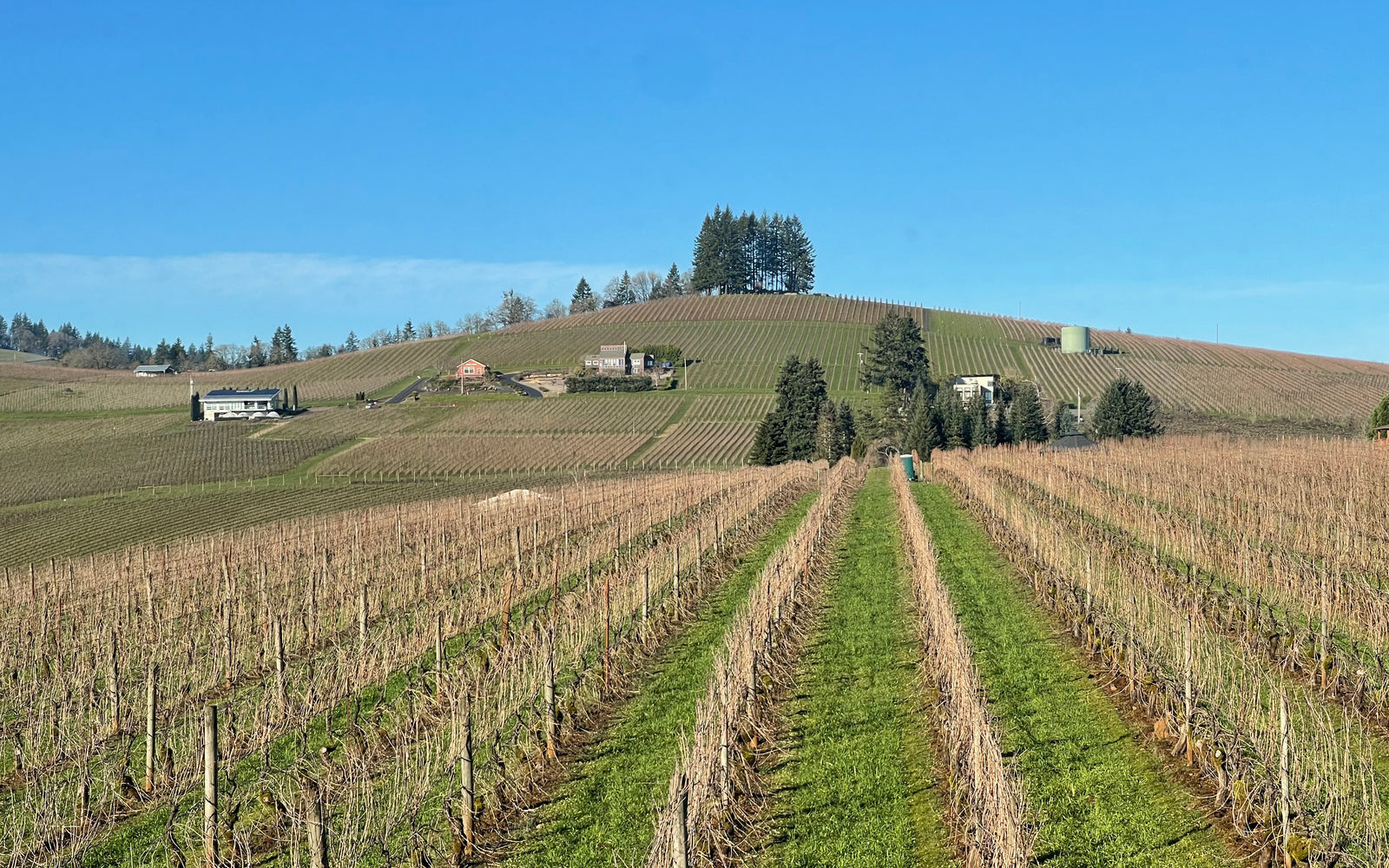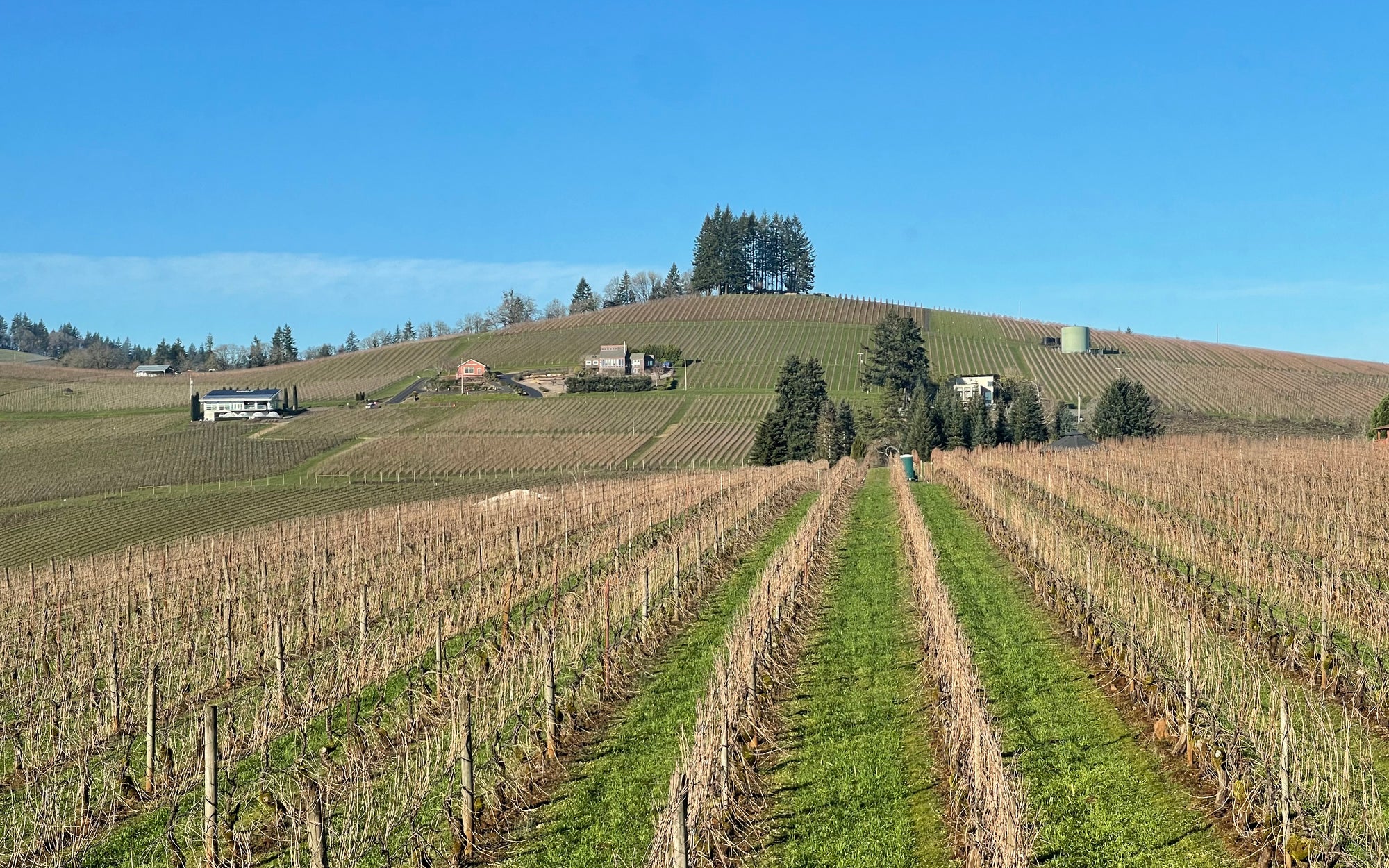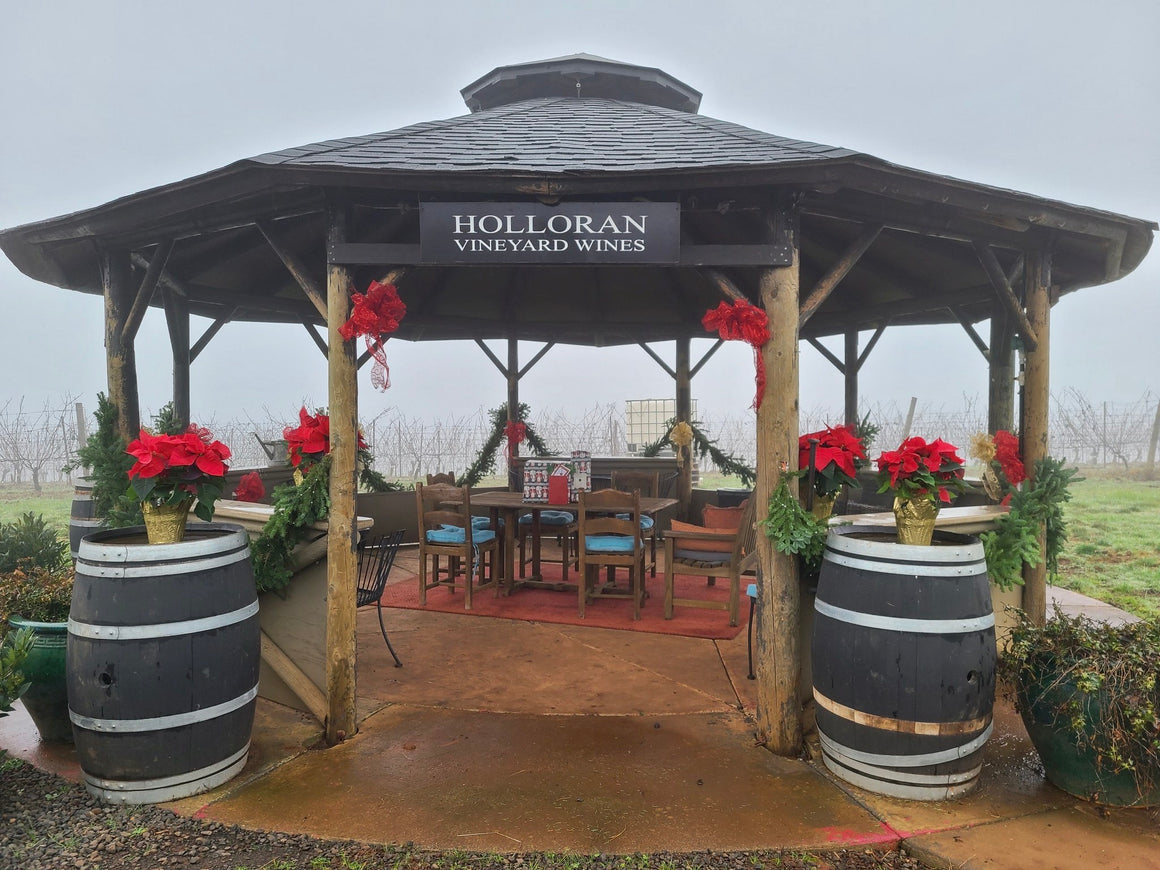A glass of Pinot noir wine inspires more rhapsodies—and disappointments—among wine lovers than any other grape.
Pinot noir grapes are widely considered to produce some of the finest wines in the world, but it is a difficult variety to cultivate and transform into wine. The grape’s tendency to produce tightly packed clusters makes it susceptible to several viticultural hazards involving rot that require diligent canopy management. The thin-skins and low levels of phenolic compounds lends Pinot to producing mostly lightly colored, medium bodied low tannin wines that can often go through dumb phases with uneven and unpredictable aging. When young, wines made from Pinot noir tend to have red fruit aromas of cherries, raspberries and strawberries. As the wines age, Pinots have the potential to develop vegetal and “barnyard” aromas that can contribute to the complexity of the wine.
The Willamette Valley of Oregon is at the same latitude as the Burgundy region of France (home of the Pinot noir grape in France), and has a similar climate in which the finicky Pinot noir grapes thrive.
(excerpted from Wikipedia)
Also in <b>News and Information</b>


Bon Appétit YouTube Channel "World of Wine" Features Holloran Wine
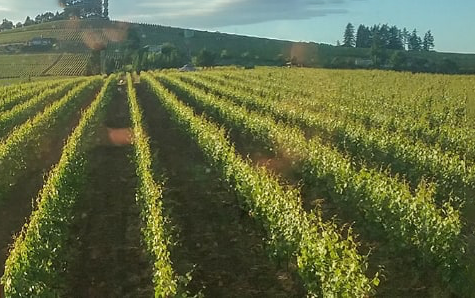
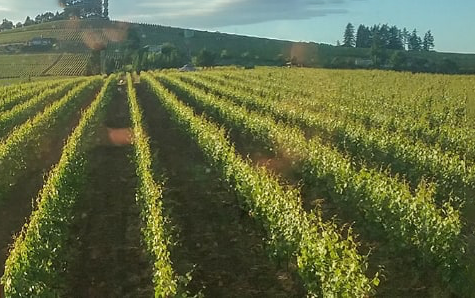
Update on the Growing Season
